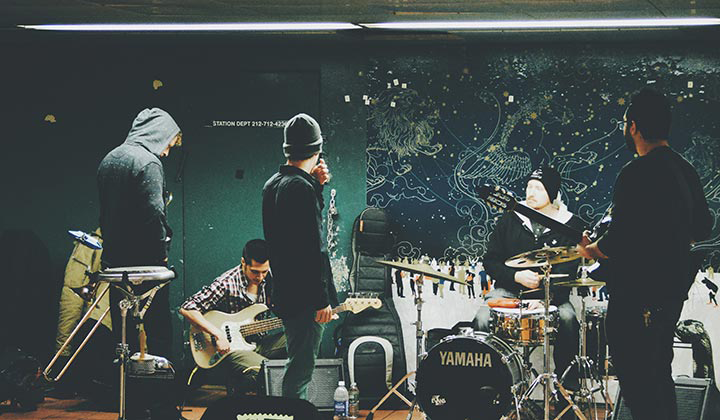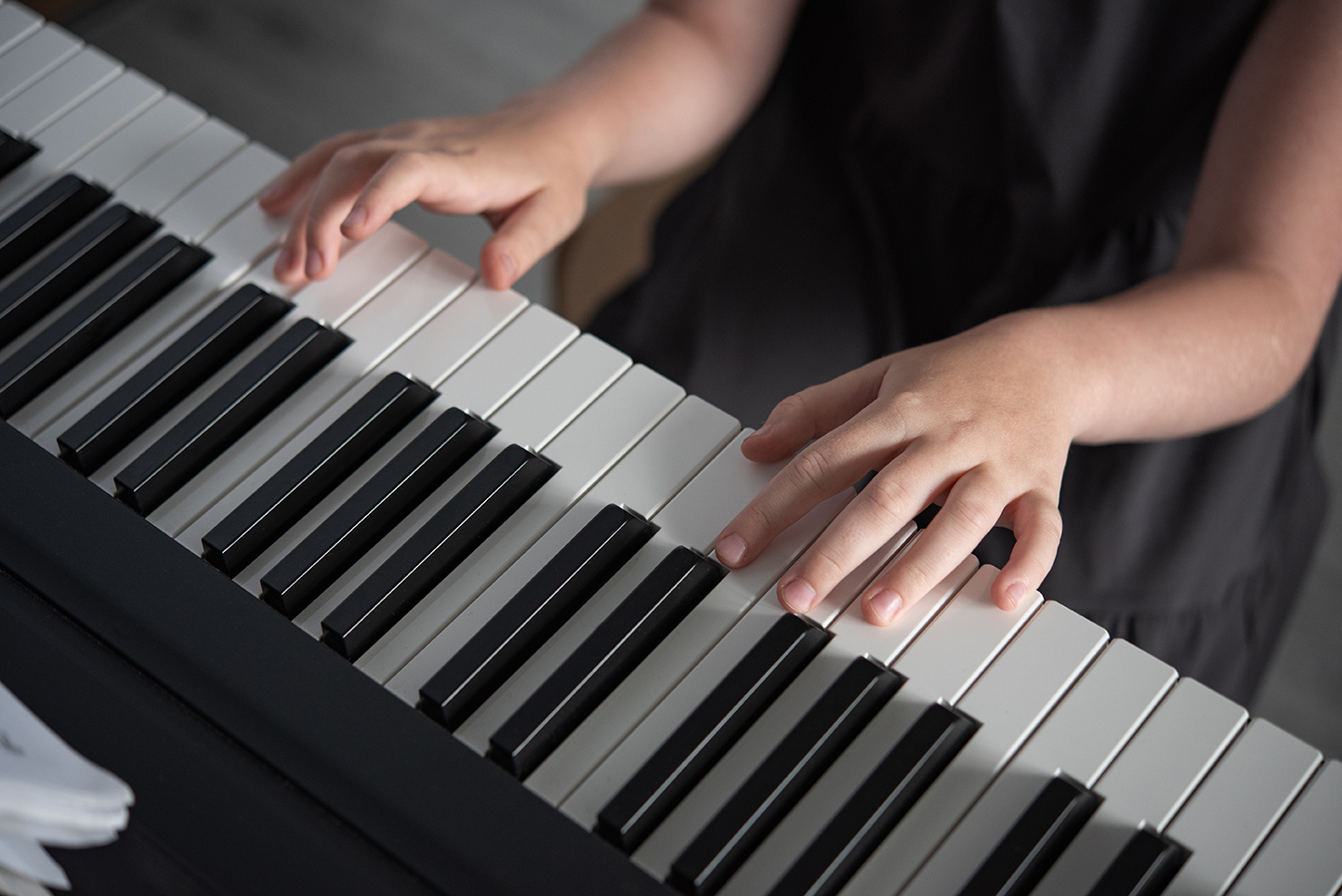8 reasons why mixed-age group lessons are the best way to learn an instrument
Latest Posts • July 2, 2018

One of the best ways to learn an instrument is in group lessons. Research has shown that students learn better in groups and make progress faster than in one-on-one lessons – especially when taught in mixed-age groups.
In a recent video, Ulcca Joshi Hanse, author and founder of Educating Potential, starts off with the question: “Why do we separate kids by age?” and talks about the many positive effects mixed-age groups have on both, the older and younger learners. For example, it provides younger children with models to emulate and additional sources of care and emotional support and permits older students to learn by teaching and to practice nurturance and leadership.
If you think about it, this doesn’t happen in traditional music schools. They not only separate children by age, but they separate them altogether. “Private teaching” and “one-on-one lessons” are regarded as the Cadillac of music lessons – yet most studies point in the other direction.
Groups promote an atmosphere of learning from one another, take the pressure off of individual students and provide an atmosphere of reassurance and support – all of which contribute to students relaxing and enjoying music more.
Over a 100 years ago, Maria Montessori was one of the first people to mix children
across ages and created a learning environment that reflects the science of human development and learning of today.
At Modern Music School, we observe the following 8 benefits of learning in mixed-age groups:
Motivation:
People – and children in particular – are highly motivated and inspired by each other. Watching more advanced students perform successfully on their instrument encourages less experienced students to think that they could do the same. This is known as vicarious learning.
Learning by teaching:
One of the best ways to learn something well is to teach it to someone else. Before we can pass our skills and knowledge on to someone else, we have to organize and analyse it – look at it from different perspectives – and thus get a deeper understanding of it.
Creativity:
In a group, students have the opportunity to develop new ideas and share them collectively, and they’re provided with a great environment for experimentation. A more extraordinary and unexpected outcome is oftentimes the result.
Team Spirit:
Orientation towards the same goal creates team spirit. This solidarity is strengthened by group activities that allow students to support one another during the learning process. Building the team’s morale this way also increases motivation.
Overcoming Inhibitions:
Students get used to playing in front of each other each week and become comfortable with the notion of an audience and a public setting. They develop confidence that reaches well beyond playing music together.
Healthy Competition:
Group lessons expose students to a mildly competitive atmosphere, this encourages them to learn and practice to keep up with their peers. The group dynamic provides students with the opportunity to give as well as take constructive criticism.
Social Development:
Being part of a group creates a sense of belonging. Deep friendships are formed in our group lessons as students learn how to better relate and cooperate with others. The development of communication skills (both social and musical) is also fostered.
Self Confidence:
Above all, each of the added benefits mentioned in this post builds confidence that will last a lifetime.
At Modern Music School, you find fathers and daughters learning together, students of different ages and from diverse backgrounds. Being part of a group is a great way to share and deepen one’s love and passion for music!




Leave A Comment